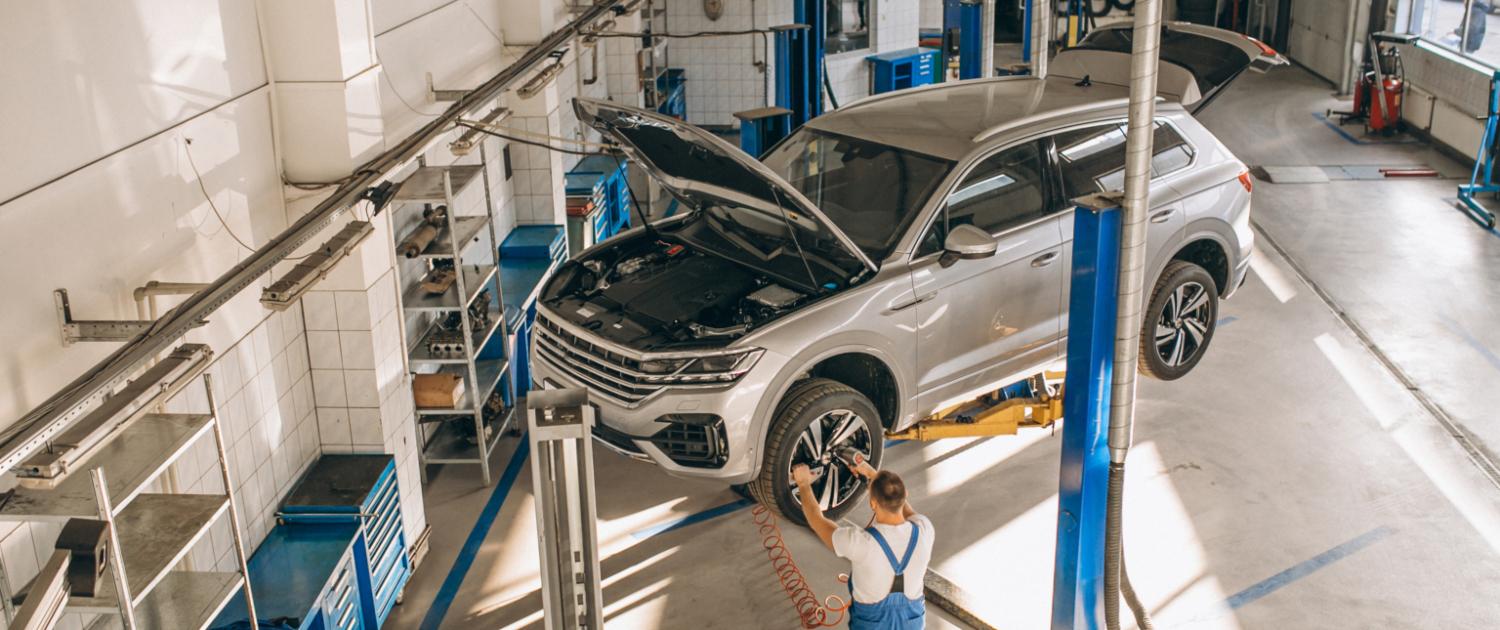Ajith Nair- July 21, 2023 / Updated- October 3, 2023
The sector and infrastructure for EV servicing are new and booming. And as per a report by Bloomberg New Energy Finance, a third of the vehicles sold in India will be electric, by 2030. So it’ll be helpful to keep in mind the possibilities of maintenance and repairs for EV owners today.
Two key differences in EV and ICE servicing
There are over 2 dozen mechanical parts in an ICE vehicle that are absent in EVs. So your EV would require far less maintenance than traditional vehicles. But this isn’t to say you can ignore it altogether. Routine checkups may still be needed for its tires, brakes, and battery. Speaking of which-
Another big difference comes down to their battery servicing requirement. Unlike ICE vehicles, the traction battery inside an EV is one of its most critical components. And although OEMs usually offer a warranty of 8yrs or more–getting routine inspections would be the safer option.
Battery servicing for EVs
Battery inspections of your EV usually include checks for any physical damage, leaks, and performance tests for the battery management system and cells. EV owners can do this at regular intervals and an issue (if any) needs to get fixed immediately.
In normal cases, you can get your EV checked one or two times a year. But if it’s put through heavy usage or extreme temperatures–we’d advise you to pay a few more visits for maintenance, just to be on the safer side.
And one of the things you can do from your side is maintain good charging habits. Try and keep the battery between 20 – 80% at all times.
Future of the EV service sector in India
The servicing for EVs and their high-voltage batteries–is quite specialized. And the technicians involved in these service centers would require a specialized skillset. Such an infrastructure is something that needs more work in India.
Venkat Rajaraman, CEO of Cygni Energy provides insight into some steps to be taken. For one, there need to be authorized service centers–with the tools and resources required to maintain batteries and other EV machinery. Also, EV manufacturers need to work with these service providers–and possibly ensure the technicians are trained and aptly equipped to handle EVs.
For instance, there’s a rise of several multi-brand EV platforms, offering post-sales service to users. They aim to house key brands under their roof, with in-house quick-service facilities for each model. OEMs can certainly do their part to make sure these technicians are certified and trained appropriately.
While maintenance on EVs would be less costly and frequent compared to ICE vehicles–its servicing still is critical. There is ample space to grow for well-equipped maintenance centers in India–and EV owners should not be made to rely on unlicensed providers, putting their vehicles at risk.



Leave a Reply
Want to join the discussion?Feel free to contribute!